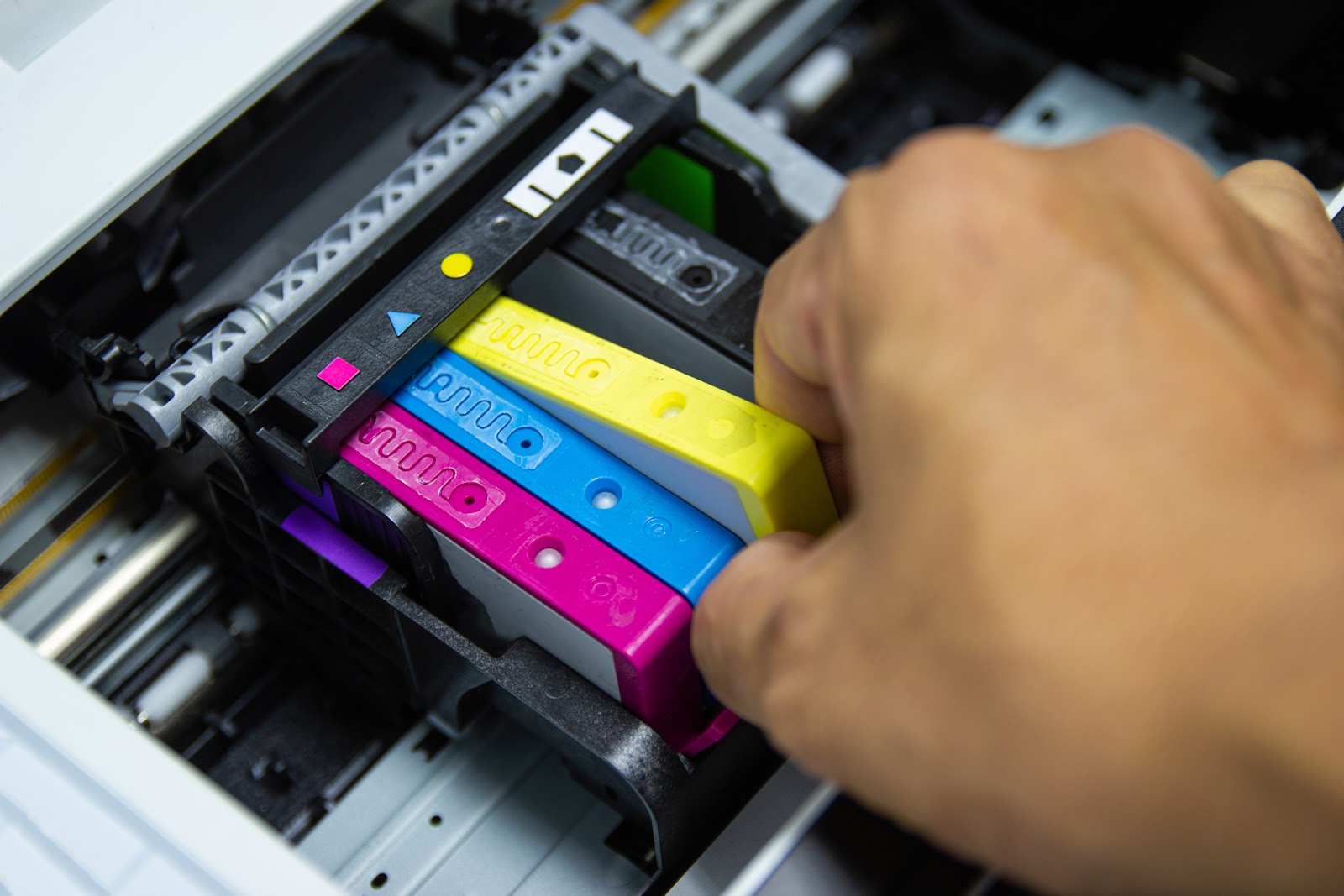

Articles
How To Store Ink Cartridges When Not In Use
Modified: December 7, 2023
Learn effective ways to store ink cartridges when not in use. Read our informative articles to preserve the quality and longevity of your printer ink.
(Many of the links in this article redirect to a specific reviewed product. Your purchase of these products through affiliate links helps to generate commission for Storables.com, at no extra cost. Learn more)
Introduction
Ink cartridges are an essential component of printers and play a crucial role in producing high-quality prints. Whether you are running a home office or a professional printing business, properly storing ink cartridges when not in use is vital to ensure their longevity and maintain print quality. In this article, we will explore the importance of proper ink cartridge storage, factors to consider when storing them, a step-by-step guide for storing ink cartridges, tips for extending their shelf life, and common mistakes to avoid. By following these guidelines, you can prolong the life of your ink cartridges and keep your prints looking crisp and vibrant.
Key Takeaways:
- Properly storing ink cartridges is crucial for preserving their quality, extending their shelf life, and avoiding unnecessary expenses due to ink deterioration or clogged print heads.
- Consider factors like temperature, humidity, and light exposure when storing ink cartridges to create an optimal environment. Following storage guidelines can lead to vibrant, high-quality prints and prolonged use of ink cartridges.
Read more: How To Refill A Printer Ink Cartridge
Importance of Proper Ink Cartridge Storage
Proper ink cartridge storage is essential for maintaining the quality and performance of your printer. Ink cartridges contain a combination of complex pigments, dyes, and chemicals that can deteriorate over time if not stored correctly. Here are a few reasons why proper storage is crucial:
- Preserve Ink Quality: Ink cartridges are sensitive to environmental factors such as temperature, humidity, and exposure to light. Improper storage can cause the ink to dry up or separate, leading to clogged print heads and poor print quality.
- Extend Shelf Life: Ink cartridges have a limited shelf life, typically ranging from 6 to 24 months, depending on the manufacturer. By storing them properly, you can help extend their usable lifespan and ensure they are ready for use when needed.
- Save Money: Replacing ink cartridges can be expensive, especially if they dry up or become unusable due to improper storage. By taking the proper precautions, you can avoid unnecessary expenses and make the most out of your ink cartridges.
Now that we understand the importance of proper ink cartridge storage, let’s discuss the factors to consider when storing them.
Factors to Consider When Storing Ink Cartridges
When it comes to storing ink cartridges, several factors must be taken into account to ensure their longevity and performance. Here are some key considerations:
- Temperature: Ink cartridges should be stored in a cool, dry place. Extreme temperatures can cause the ink to expand or contract, leading to leakage or deterioration. Aim for a storage temperature between 15°C and 35°C (59°F to 95°F).
- Humidity: Excessive humidity can affect the performance of ink cartridges. It is best to store them in an environment where the humidity level is between 40% and 60% to prevent ink evaporation or condensation.
- Light Exposure: Ink cartridges are susceptible to UV radiation, which can cause the ink to degrade and fade. Keep them away from direct sunlight or fluorescent lighting. Opt for opaque storage containers or drawers to protect them from light exposure.
- Airtight Packaging: To prevent ink from drying out, store cartridges in their original packaging or airtight containers. This helps maintain a consistent moisture level and prevents the ink from evaporating.
- Orientation: Proper orientation is crucial when storing ink cartridges. Ensure they are kept upright to prevent ink leakage or the print head from drying out.
- Avoid Extreme Conditions: Avoid storing ink cartridges in places prone to extreme temperature fluctuations, such as near heating vents or air conditioning units. Additionally, refrain from storing them in areas with high dust or pollutant levels.
Now that we have discussed the factors to consider, let’s move on to a step-by-step guide for storing ink cartridges.
Step-by-Step Guide for Storing Ink Cartridges
Properly storing ink cartridges can significantly extend their lifespan and ensure optimal performance. Follow this step-by-step guide to store your ink cartridges effectively:
- Check Expiration Dates: Before storing ink cartridges, check their expiration dates. Cartridges past their expiration date may have reduced ink quality and performance.
- Clean and Dry: Ensure that your hands are clean and dry before handling the ink cartridges. Any moisture or dirt can affect the cartridge’s contacts and ink quality.
- Original Packaging: If possible, keep the ink cartridges in their original packaging. The manufacturers design the packaging to provide adequate protection against light, humidity, and temperature fluctuations.
- Airtight Container: If you no longer have the original packaging, store the cartridges in an airtight container or a zip-lock bag. This will help prevent the ink from drying out and protect against light exposure.
- Choose a Cool, Dry Location: Find a cool and dry place for storage. Avoid areas prone to extreme temperature changes, humidity, and direct sunlight.
- Keep Upright: Store the cartridges upright to prevent ink leakage or drying out of the print head. If using an airtight container or bag, ensure the cartridges are kept in an upright position.
- Label and Date: To keep track of the cartridges and their storage duration, consider labeling them with the date of storage using a waterproof marker.
By following these steps, you can ensure that your ink cartridges remain in optimal condition during storage. However, it’s important to note that ink cartridges do have a shelf life, so it’s best to use them within the manufacturer’s recommended time frame.
Next, let’s explore some tips for extending the shelf life of ink cartridges.
Store ink cartridges in a cool, dry place away from direct sunlight and extreme temperatures. Keep them in their original packaging or a sealed plastic bag to prevent them from drying out.
Tips for Extending the Shelf Life of Ink Cartridges
While proper storage is essential for ink cartridges, there are additional tips you can follow to extend their shelf life and maintain their quality. Consider the following:
- Print Regularly: Printing regularly helps keep the ink flowing and prevents the nozzles from drying out. If you have spare ink cartridges, rotate their usage to ensure none of them sit idle for too long.
- Perform Printer Maintenance: Regularly clean your printer’s print heads and perform maintenance tasks as recommended by the printer manufacturer. This helps prevent clogs and ensures optimal print quality.
- Avoid Removing and Reinstalling Cartridges: Avoid removing and reinstalling ink cartridges frequently, as this can introduce air bubbles into the system and disrupt ink flow. Only remove cartridges when necessary.
- Use Compatible Ink: Purchasing ink cartridges from reputable manufacturers or using compatible ink can help maintain the longevity of your printer and cartridges. Poor quality ink can cause clogs and other issues.
- Keep Cartridges Sealed: If you need to replace an ink cartridge but won’t be using it immediately, keep it sealed in its packaging until you are ready to install it. This prevents premature exposure to air and contamination.
- Store in Room Temperature: If you live in an area with extreme temperature fluctuations, try to store your ink cartridges in a climate-controlled room to maintain a stable temperature.
- Print a Test Page: Before starting a large print job after a period of non-use, consider printing a small test page to ensure the ink is flowing smoothly and there are no clogs or issues.
By following these tips, you can help extend the shelf life of your ink cartridges and ensure they perform optimally for longer periods. However, it’s essential to remember that even with proper care, ink cartridges will eventually expire. Therefore, it’s best to use them within the recommended time frame to achieve the best print quality.
Now that we’ve covered tips for extending the shelf life, let’s discuss some common mistakes to avoid when storing ink cartridges.
Read more: How To Extend Printer Ink Cartridges
Common Mistakes to Avoid When Storing Ink Cartridges
While proper storage is crucial for ink cartridges, there are certain common mistakes that people often make unknowingly. By avoiding these mistakes, you can ensure the longevity and performance of your ink cartridges:
- Leaving Cartridges in the Printer: One common mistake is leaving ink cartridges in the printer when not in use. This exposes them to fluctuations in temperature and humidity, leading to ink evaporation and degradation. Always remove cartridges and store them properly when not in use.
- Purchasing Excessive Stock: Buying a large quantity of cartridges without considering their shelf life can lead to unused cartridges expiring before they can be used. Only purchase the quantity you anticipate using within a reasonable time frame.
- Storing in Inadequate Containers: Storing ink cartridges in containers that are not airtight or do not offer adequate protection against light exposure can lead to ink drying out and deteriorating. Always use proper storage containers or original packaging.
- Using Damaged Cartridges: Using damaged cartridges, such as those with cracked casings or leaking ink, can contaminate other cartridges and cause issues with print quality. Discard any visibly damaged cartridges and replace them with new ones.
- Ignoring Environmental Factors: Neglecting to consider environmental factors such as temperature, humidity, and light exposure can greatly impact the performance and longevity of ink cartridges. Always store them in optimal conditions to prevent deterioration.
- Not Checking Expiration Dates: Using expired ink cartridges may result in poor print quality, clogs, and other issues. Always check the expiration dates and use cartridges before they expire.
By avoiding these common mistakes, you can maximize the lifespan of your ink cartridges and ensure optimal print quality. Proper storage and handling are key to preserving the integrity and performance of these essential printer components.
Now let’s summarize what we’ve discussed so far.
Conclusion
Proper storage of ink cartridges is crucial for maintaining their quality, extending their shelf life, and ensuring optimal print performance. By considering factors such as temperature, humidity, and light exposure, you can create a suitable environment for storing your ink cartridges. Using the original packaging or airtight containers, keeping the cartridges upright, and avoiding common mistakes such as leaving them in the printer or using expired cartridges can significantly enhance their longevity.
Additionally, following tips like printing regularly, performing printer maintenance, and using compatible ink can further extend the shelf life of your cartridges. By taking these precautions, you can avoid unnecessary expenses and maintain the quality of your prints.
Remember to check the expiration date of your ink cartridges and use them before they expire. While proper storage can help preserve their quality, ink cartridges do have a limited shelf life, and using them within the recommended time frame is essential for optimal performance.
Properly storing your ink cartridges not only saves you money by avoiding unnecessary replacements but also ensures that your prints come out crisp, vibrant, and free from issues caused by poor ink quality or clogged print heads.
So, take the time to implement these storage guidelines, and you’ll be rewarded with excellent print quality and extended use of your ink cartridges.
Frequently Asked Questions about How To Store Ink Cartridges When Not In Use
Was this page helpful?
At Storables.com, we guarantee accurate and reliable information. Our content, validated by Expert Board Contributors, is crafted following stringent Editorial Policies. We're committed to providing you with well-researched, expert-backed insights for all your informational needs.
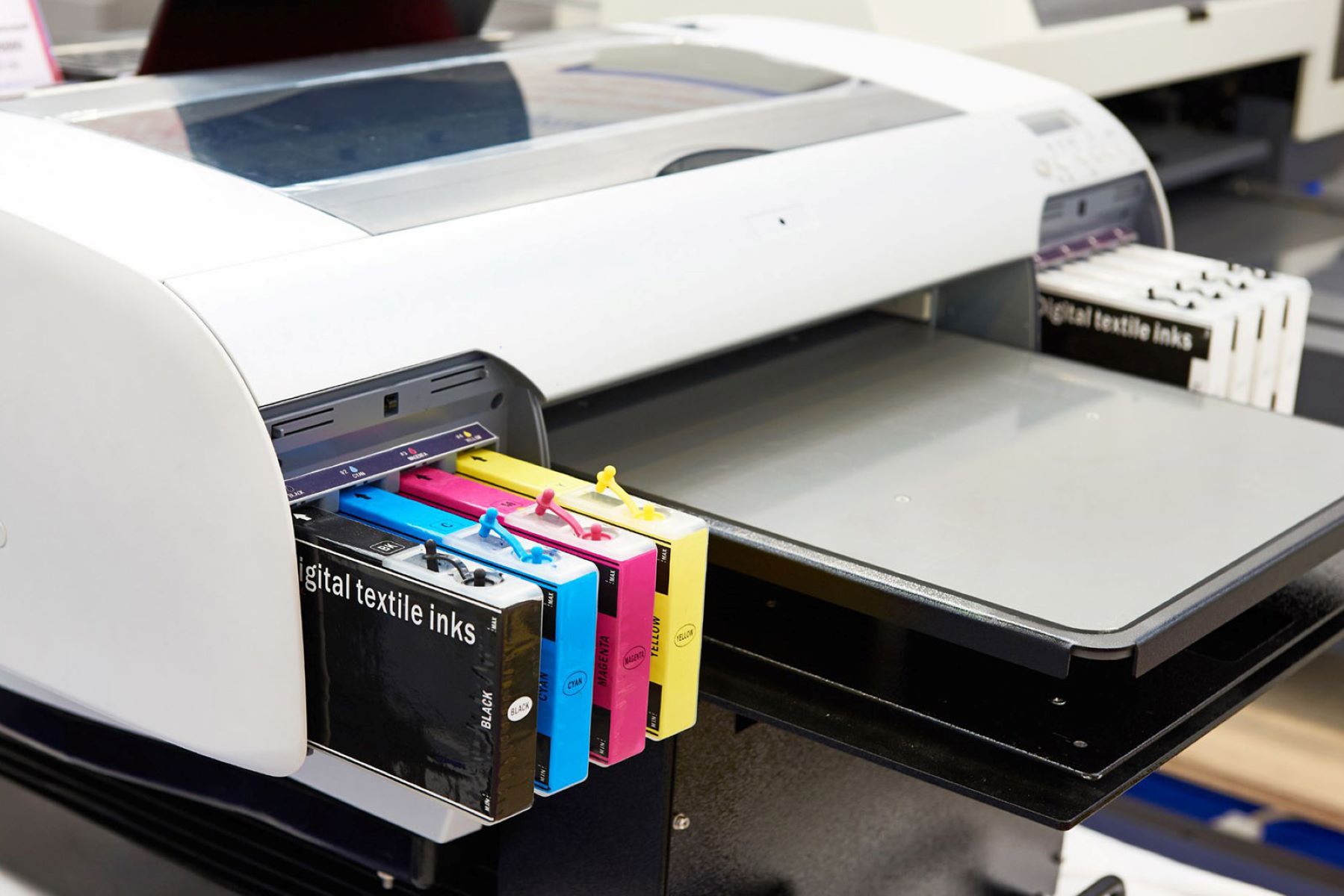
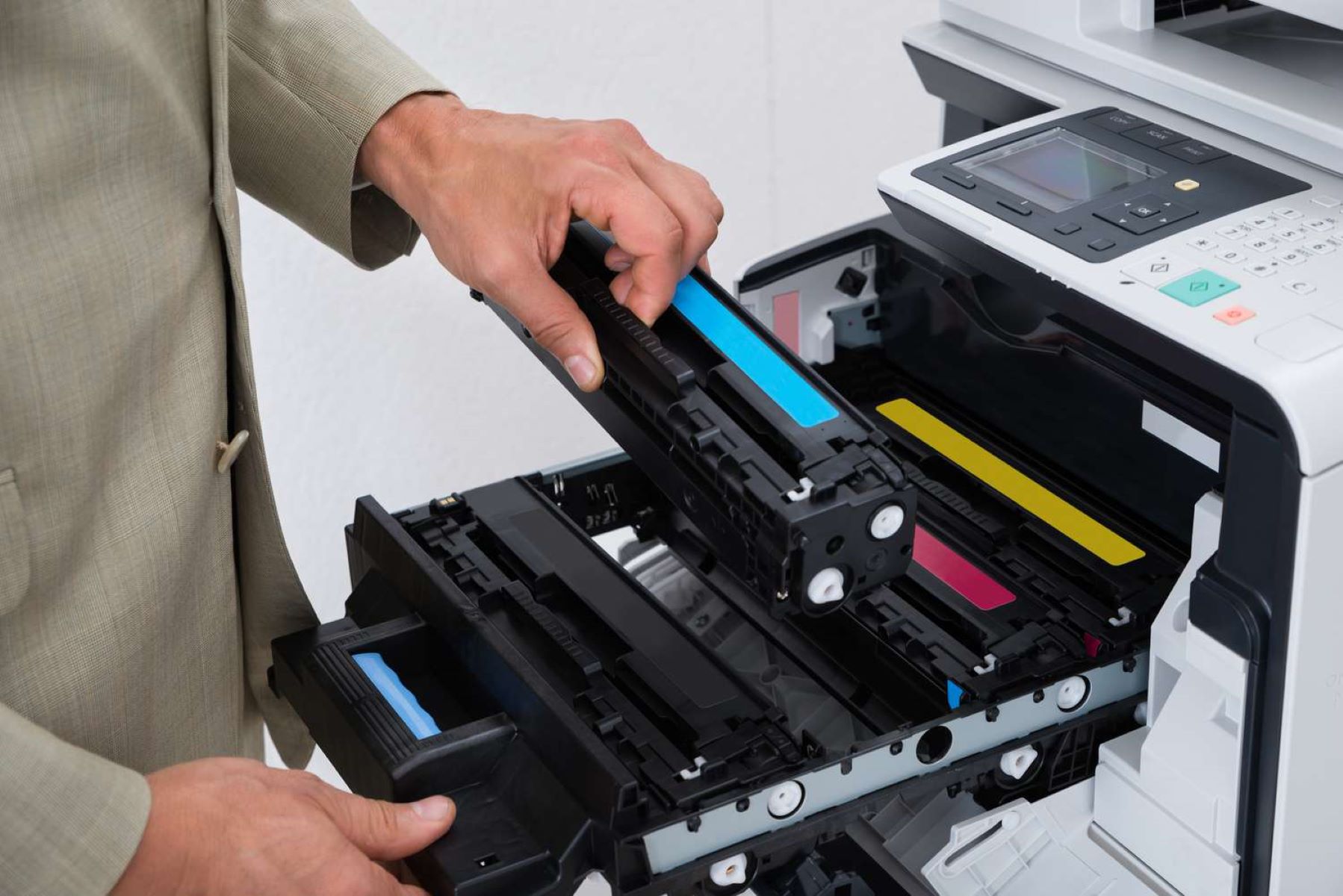
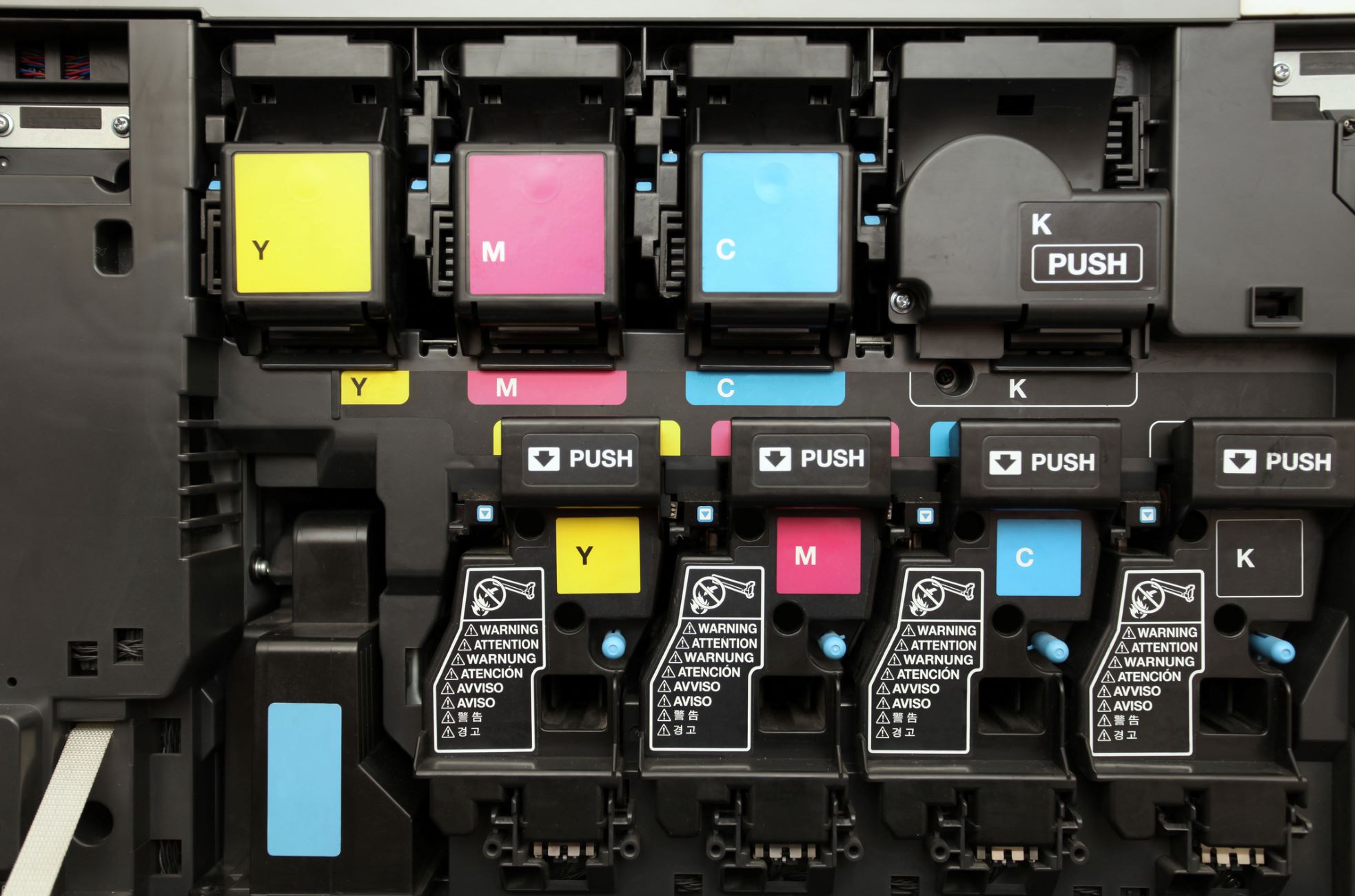
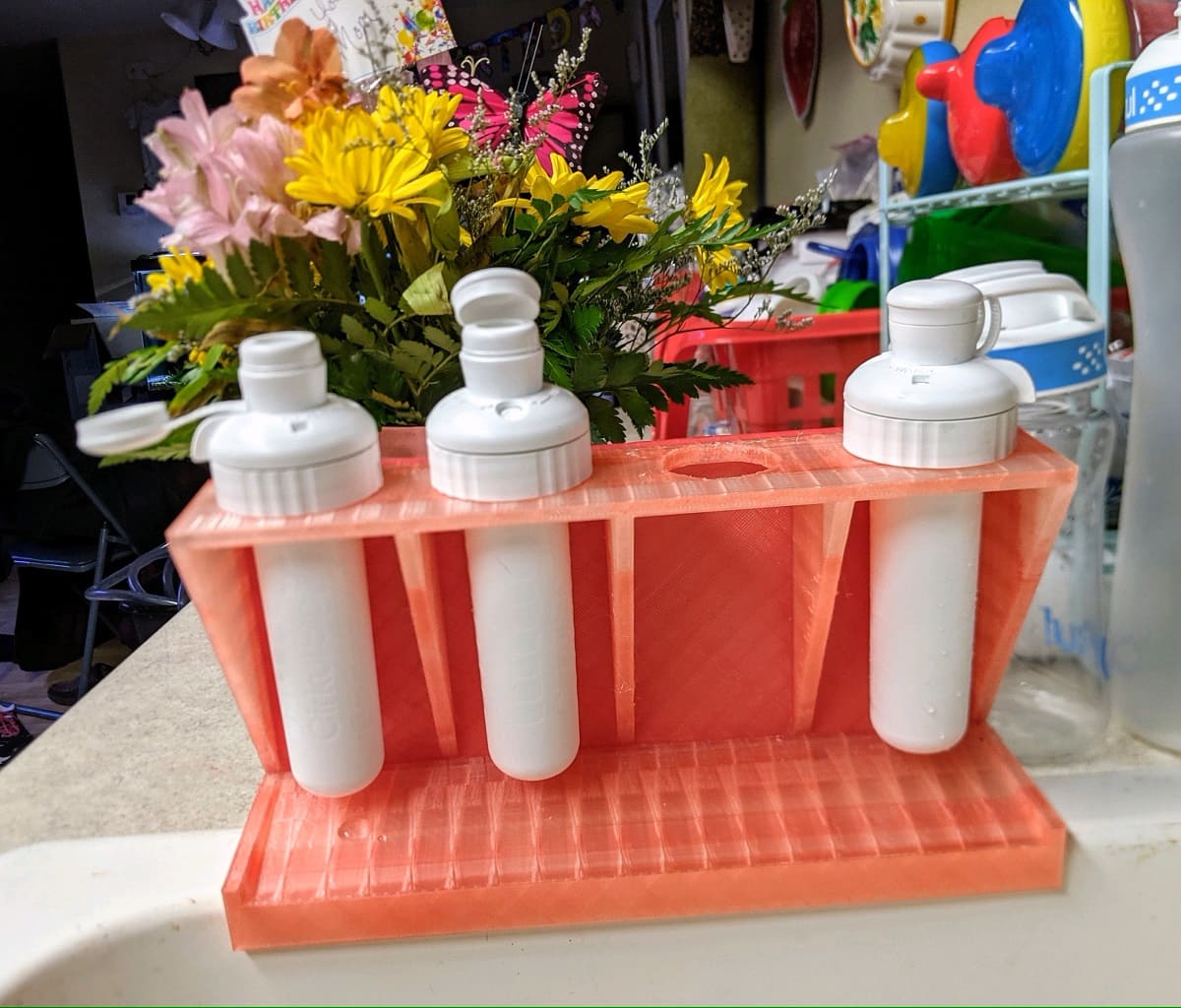
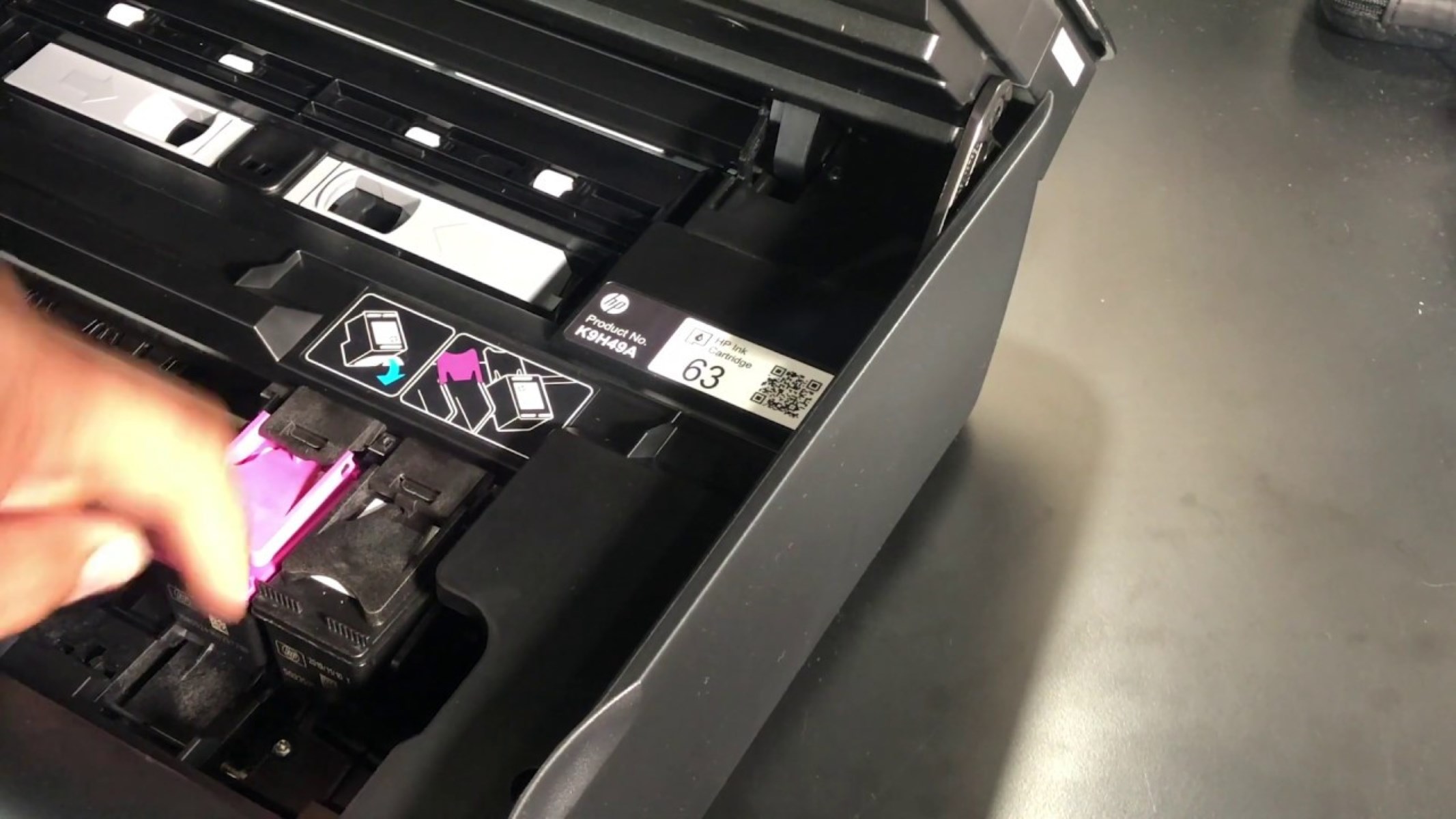
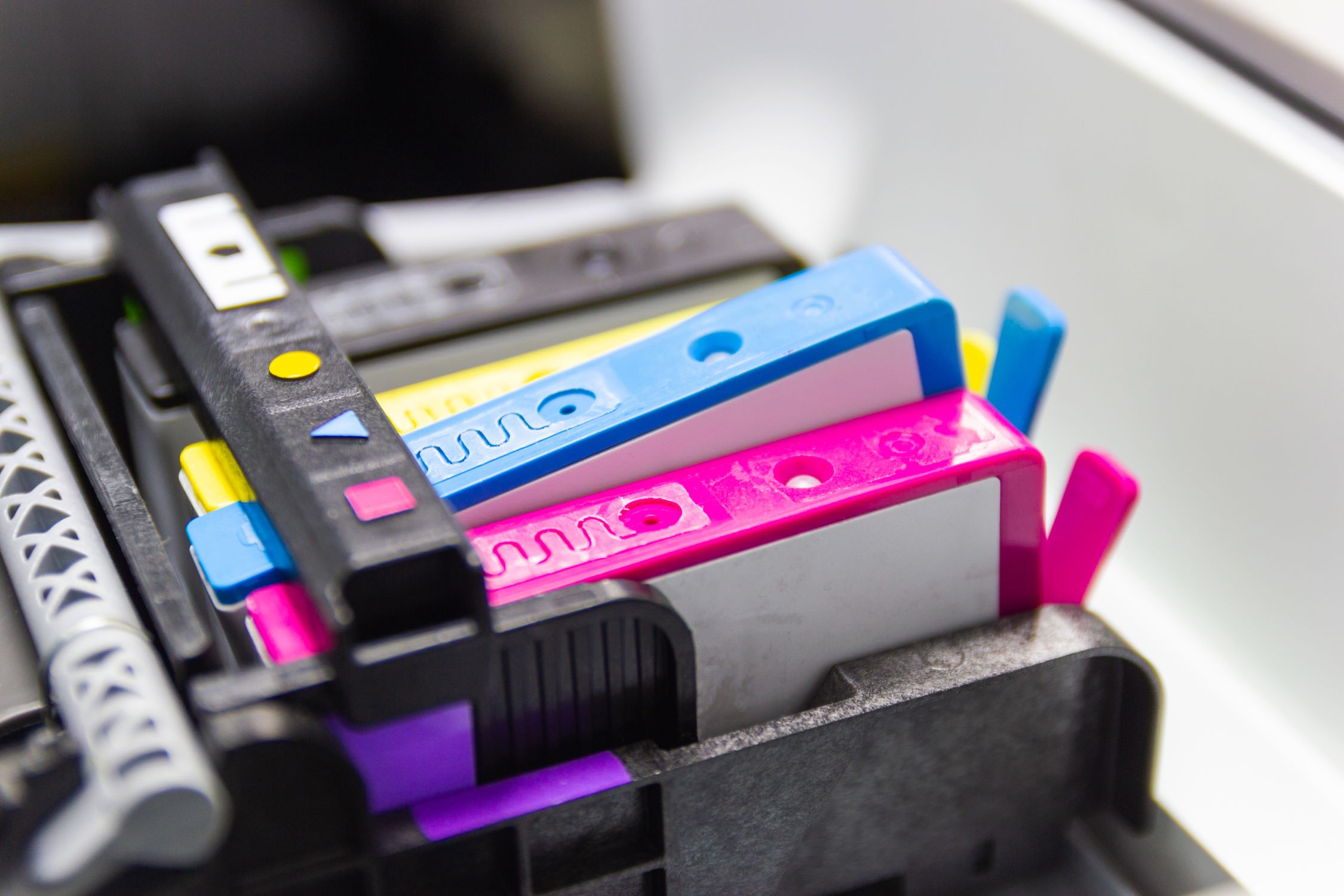
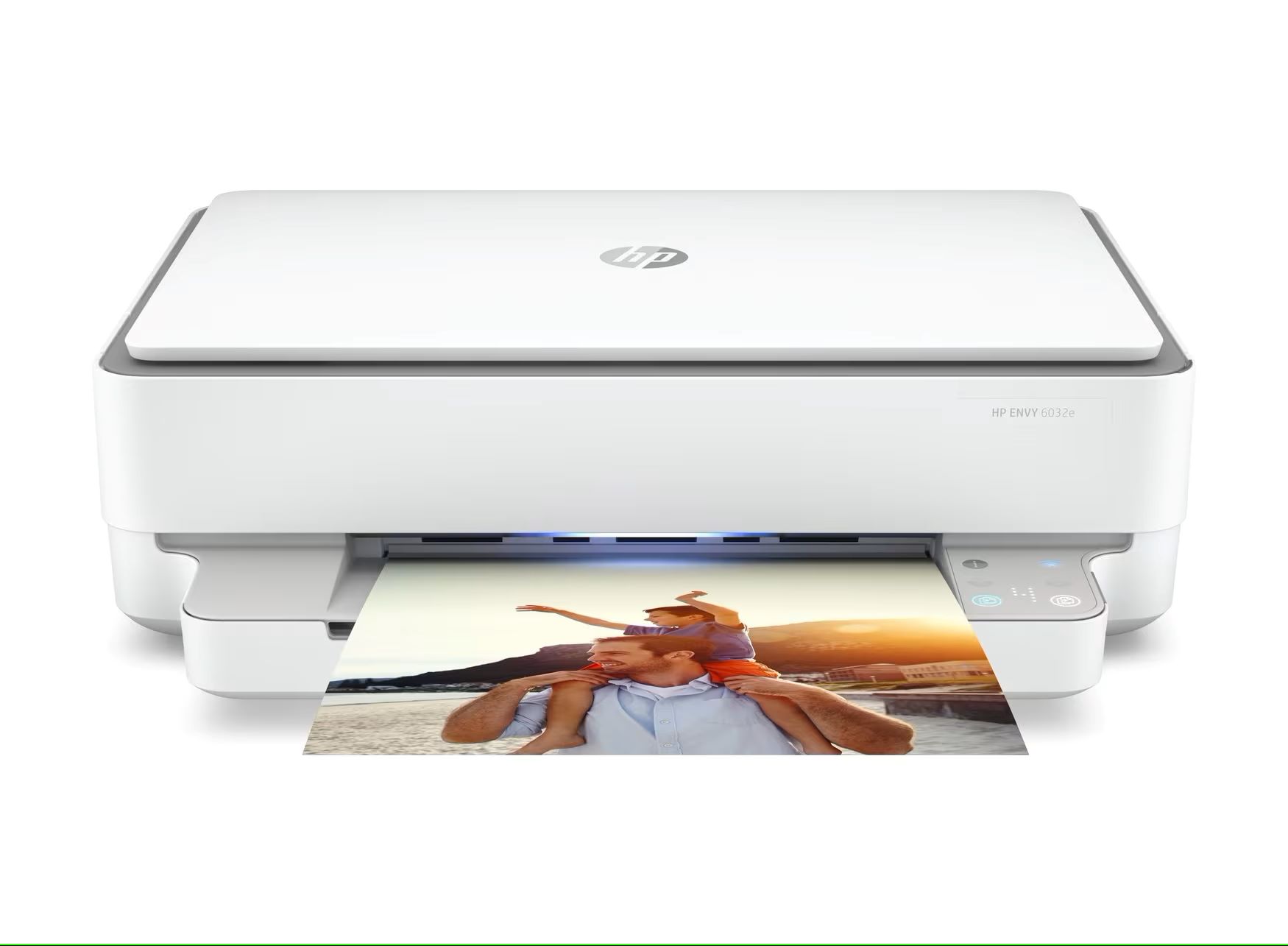
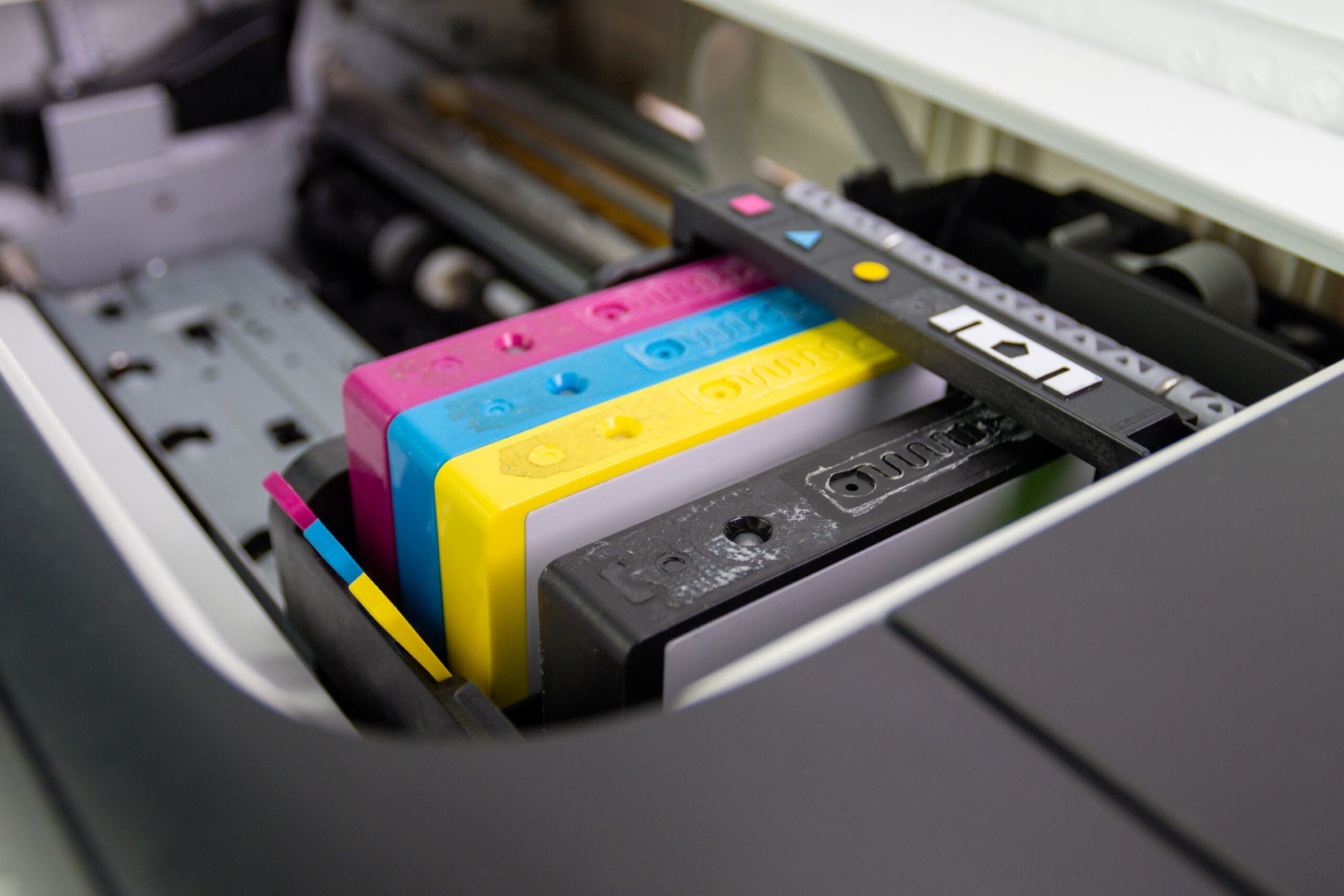
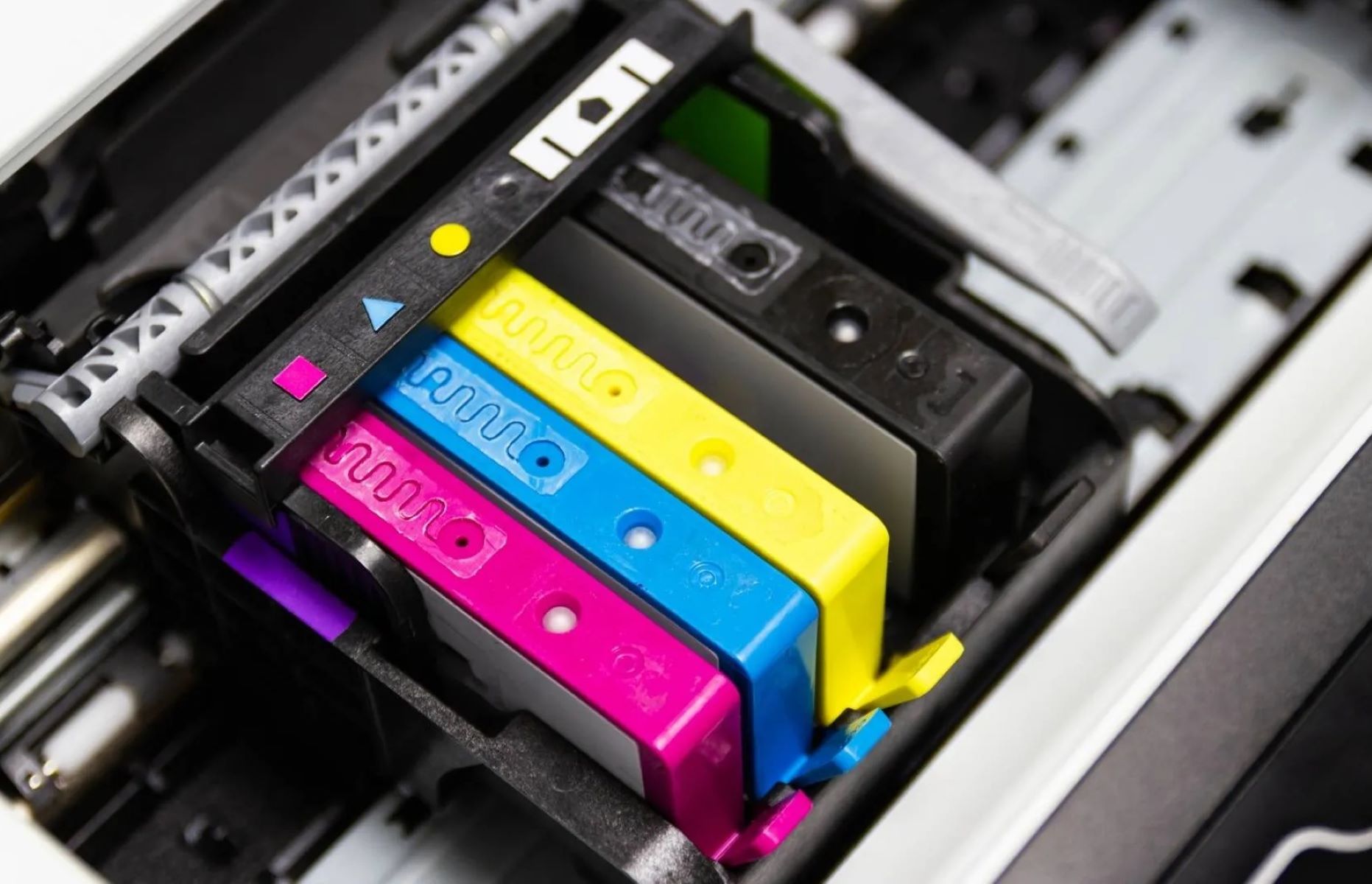
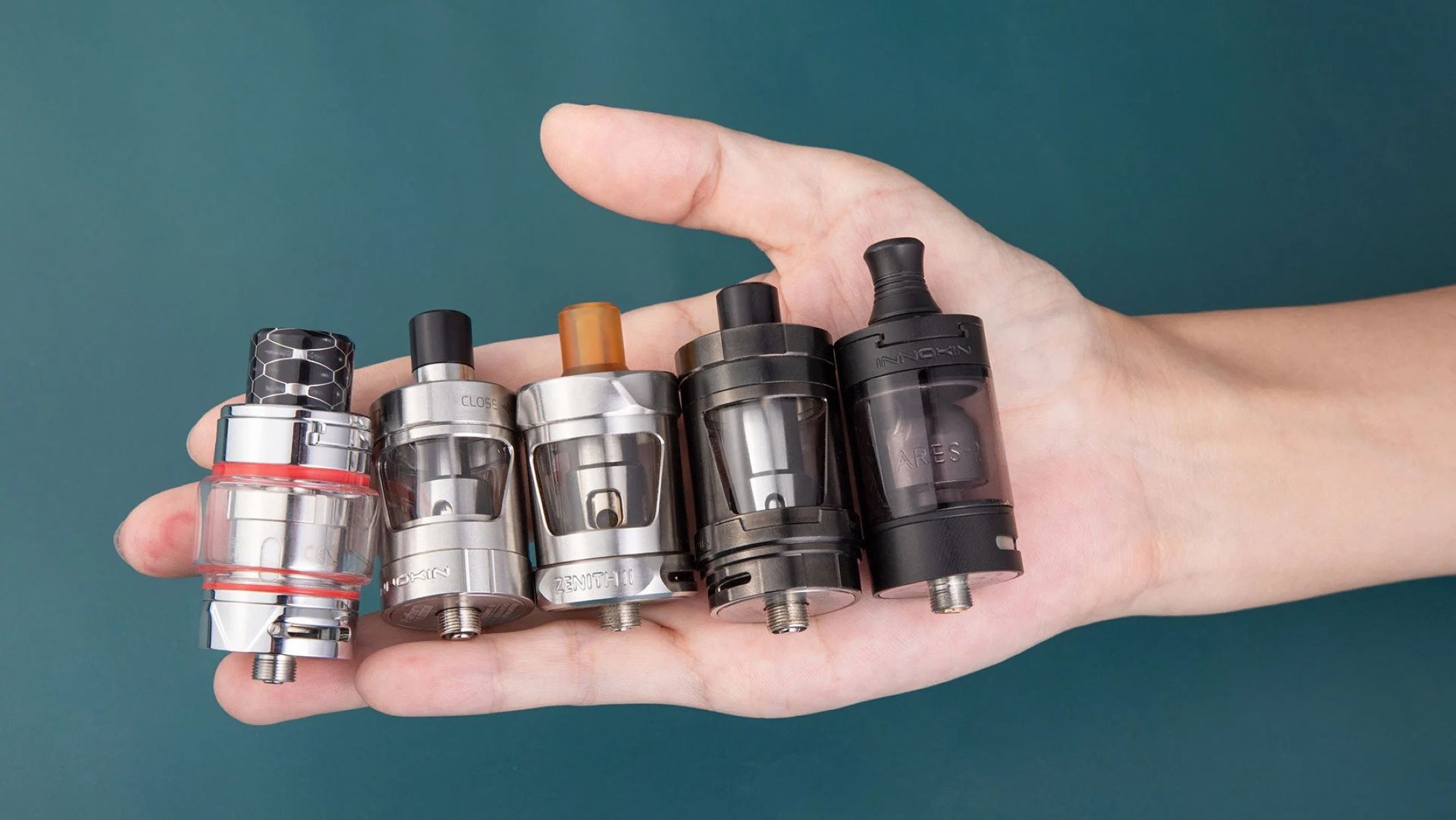
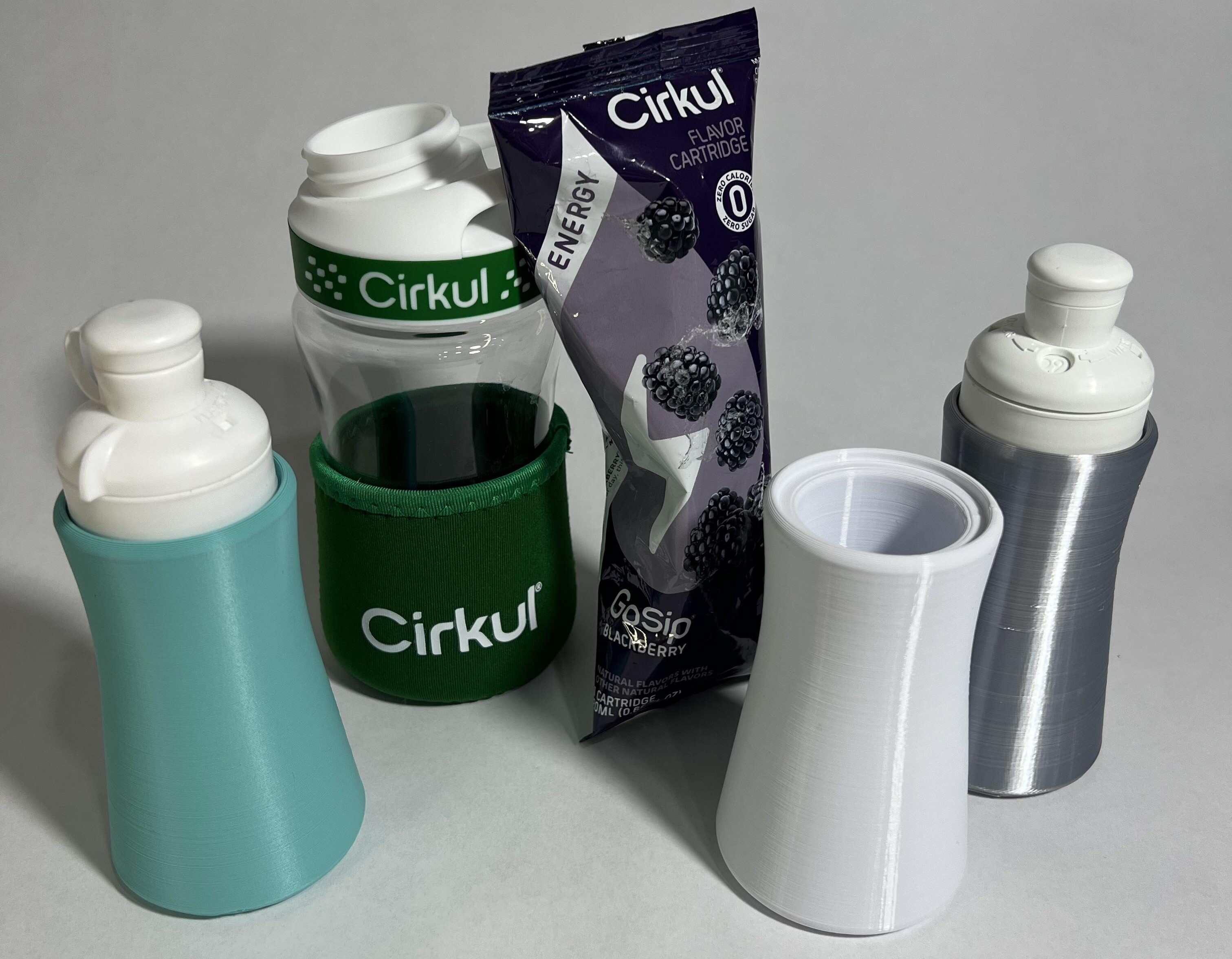
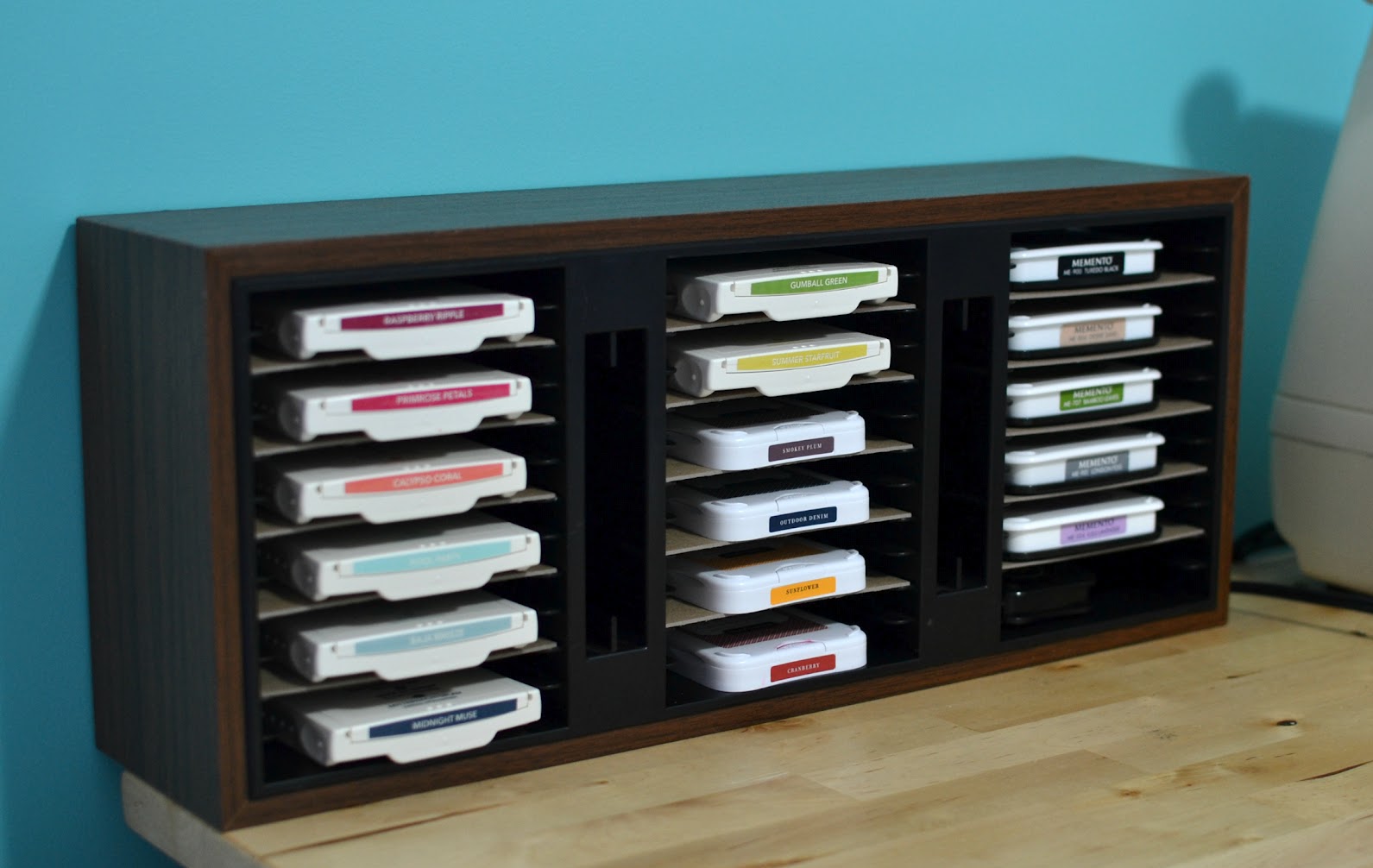
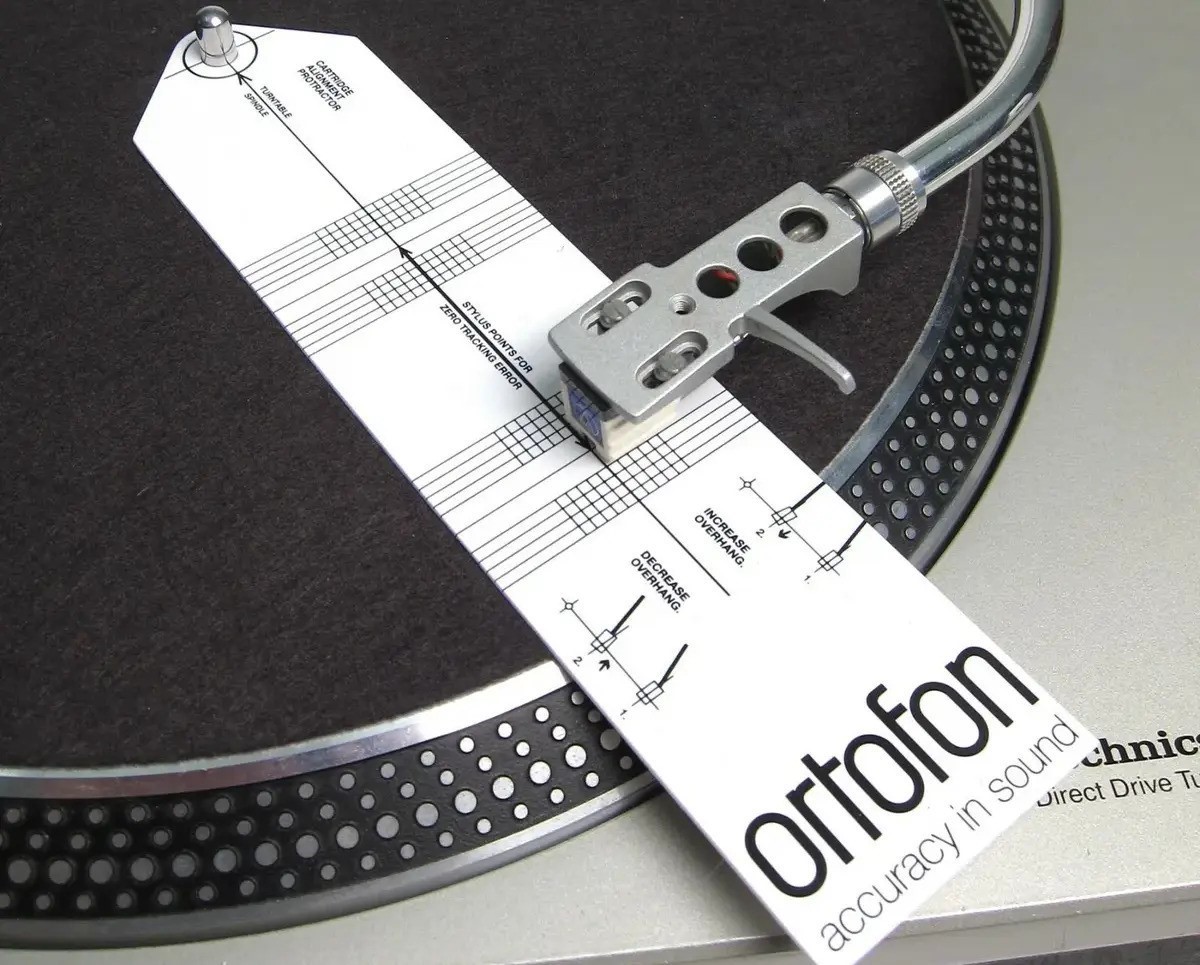
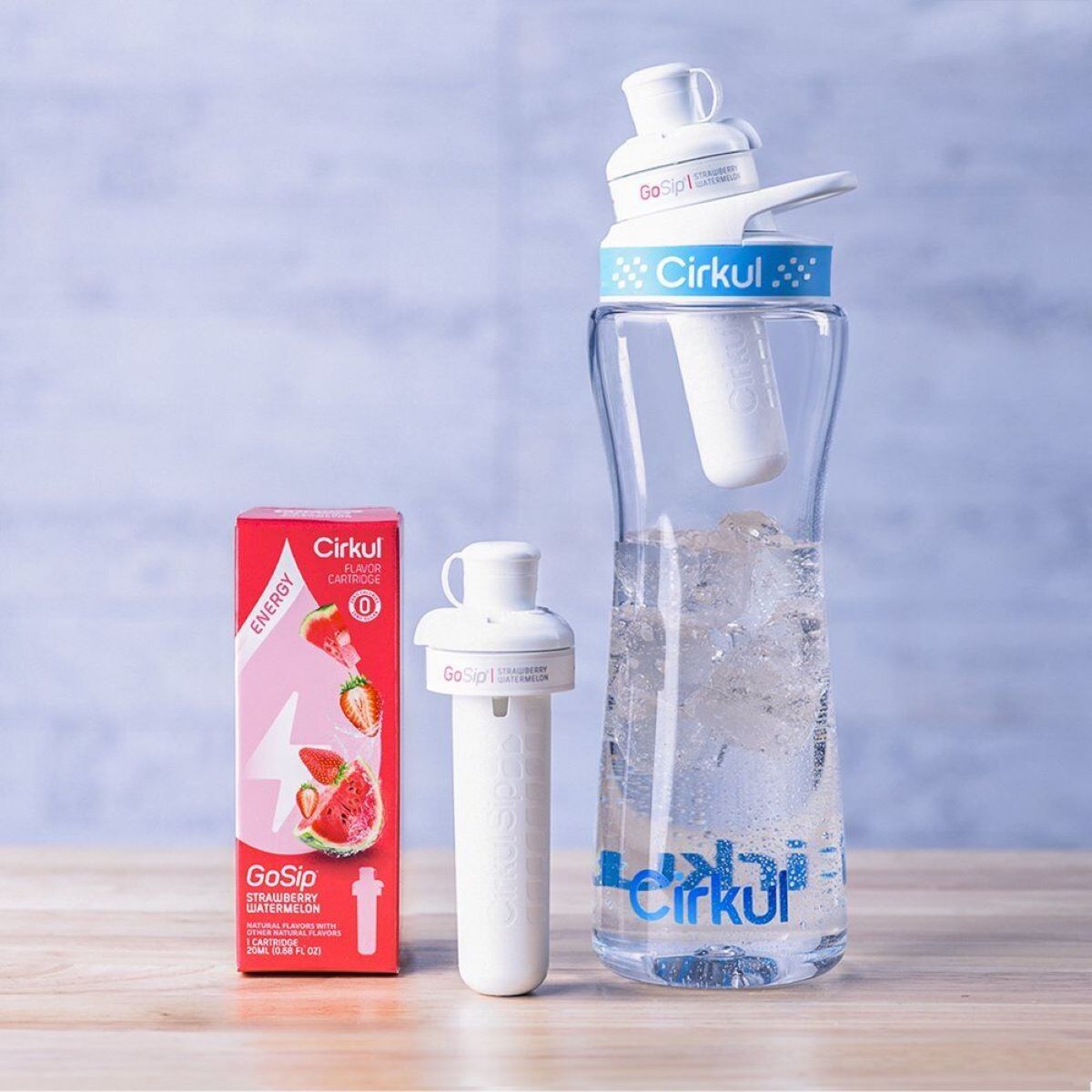

0 thoughts on “How To Store Ink Cartridges When Not In Use”